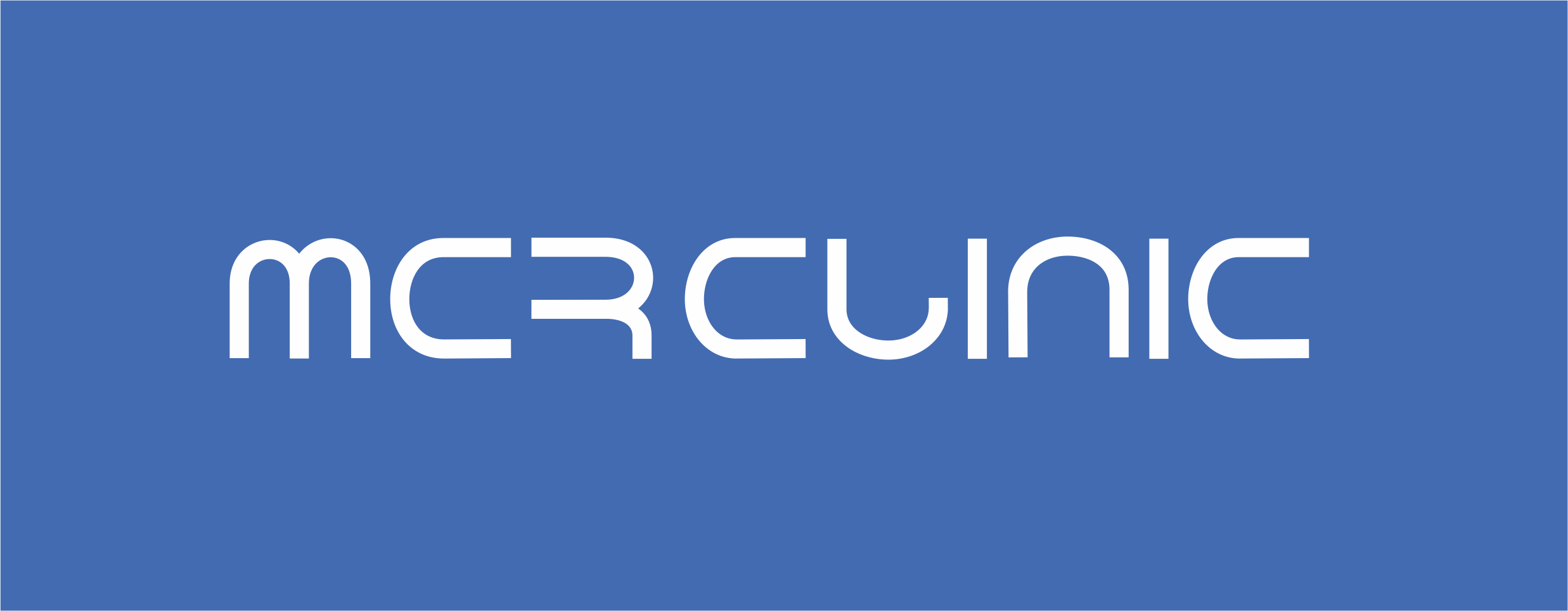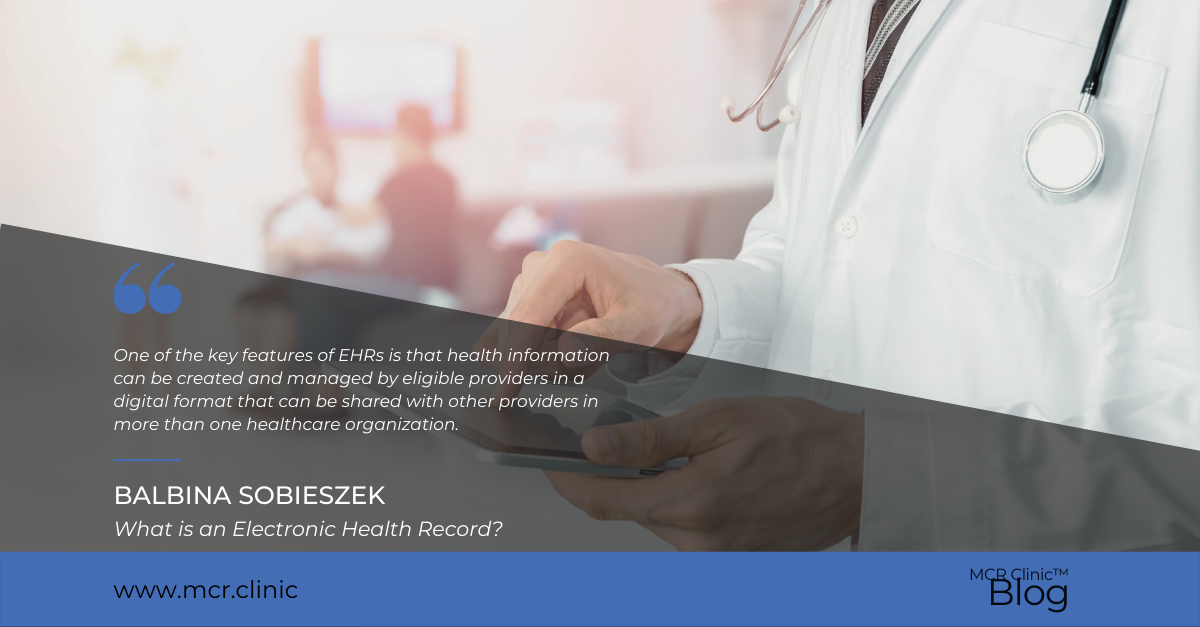What is an EHR?
An electronic health record (EHR) is a digital version of a paper patient record. EHRs are real-time, patient-centered records that make information instantly and securely available to authorized users. Although EHRs contain patients’ medical and treatment histories, an EHR system is built to go beyond the standard clinical data collected in a provider’s office and can encompass a broader picture of patient care.
EHR systems are an essential part of health care information systems and can:
- Contain a patient’s medical history, diagnoses, medications, treatment plans, immunisation dates, allergies, radiology images, and lab and test results,
- Enable access to evidence-based tools that providers can use to make decisions about patient care,
- Be responsible for automating and streamlining provider workflows.
One of the key features of EHRs is that health information can be created and managed by eligible providers in a digital format that can be shared with other providers in more than one healthcare organization. EHRs are built to share information with other providers and healthcare organizations – such as laboratories, specialists, imaging facilities, pharmacies, emergency rooms, and school and facility clinics – so they contain information from all clinicians involved in patient care.
“EHRs are transforming physician practices to meet the needs of physicians and patients.” – American Academy of Family Physicians (AAFP).
One of the main goals of storing everything in one computer system is to increase efficiency by improving workflow and access to information.
Benefits of EHR Systems
Electronic health records have far-reaching benefits. Not only does an EHR simplify and popularize remote physician access to the chart, but it also allows for much faster notification of potentially dangerous medication errors. An EHR that enables information sharing among multiple healthcare providers also allows the physician to quickly learn about critical lab values. This kind of information sharing leads to knowledge that, in the long run, is a step toward improving a patient’s overall health.
In fact, 78% of physicians with an EHR system say that the system has improved the overall quality of care for their patients.
Types of EHR Systems
There are different ways to set up EHR systems. Each has its own advantages and disadvantages, depending on the unique needs and requirements of your medical practice.
- Physician-controlled system – Physician-operated systems essentially mean that all data is stored on the physician’s own servers. Having servers on-site also helps speed up the EHR system and makes it a more reliable source of information.
- Remotely hosted system – Remotely hosted systems transfer data storage from the physician to a third party.The third party must handle maintenance, data backup and data security. This type of system shifts the responsibility for data storage beyond a single physician or medical practice. This transfer of responsibility may be attractive to smaller practices or other health care facilities that want to focus on collecting information rather than storing it. This type of system eliminates some of the IT issues that can distract a physician from patient care and well-being.
- Remote systems – There are three different varieties of remote systems.
- Subsidised – A subsidized system requires a partnership with some entity that subsidizes the cost of the EHR. Generally, the physician establishes this partnership with the hospital, which then controls the data.
- Dedicated – A system with a dedicated host means that physicians store EHR data on the provider’s servers. These servers are usually located in specific locations. With this system, the physician cannot control most aspects of data storage.
- Cloud – One of the most popular remote EHR systems is the cloud, which is a web-based system. The physician does not have to store the data on their own servers, but the vendor stores it “in the cloud”. This means that the data is always stored in a secure location on the Internet and can be accessed through the vendor’s website.
In the 21st century, the development of modern technology could not bypass the medical sector. Telemedicine solutions available today, allowing to monitor a patient’s condition around the clock, contribute to the collection of a huge amount of data, to which the lack of access would be a waste of potentially used techniques. This is why EHR systems play such an important role in everyone’s health care. In random situations, the data stored in these systems, available at any time, can contribute to saving health or life.
Sources:
https://synappsehealth.com/pl/articles/i/elektroniczna-dokumentacja-medyczna-systemy-emr-i-ehr/
https://www.definitivehc.com/blog/most-common-inpatient-ehr-systems
https://www.healthit.gov/faq/what-electronic-health-record-ehr



